We may receive a commission when you use our affiliate links. However, this does not impact our recommendations.
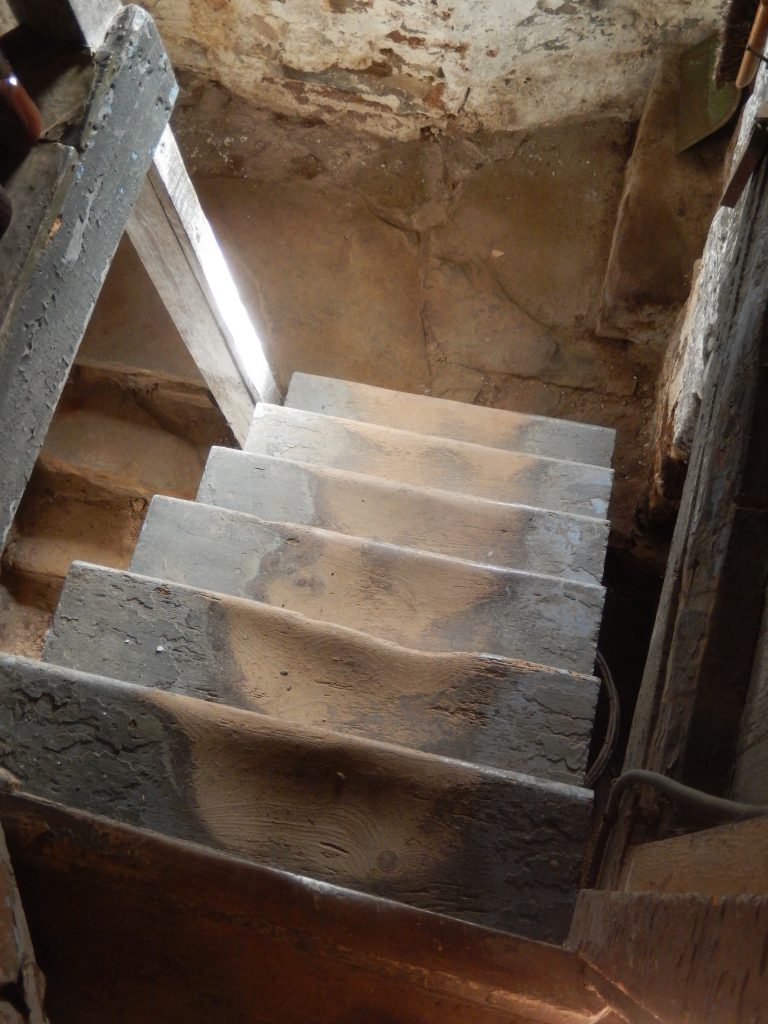
Before I give my students their sandpaper for the first time, I ask them if they have noticed the depressions in the treads of our school’s stone stairs. Most of them have not, so I continue to ask: what do you think created these eroded areas? Now I see some raised hands and I begin to hear answers flowing in the right direction. The consensus view is that our shoes are ought to be blamed for the deed. But can it really be the leather soles of the 19th and early 20th century shoes, and then the rubber and molten plastic of the 20th and 21st centuries that inflicted all of this damage? After all, aren’t leather and plastic much softer compared to granite or marble?
When I reveal to them that the real reason for the treads shapeshifting is the sand and grit that our shoes carry, they are in awe. I explain to them that over time the tiny pieces of sand that temporarily embed themselves in our soles act like sandpaper on the surfaces that we walk upon. This is, I say, is the main reason for the “Please take off your shoes” rule which exist in so many homes with wooden floors.
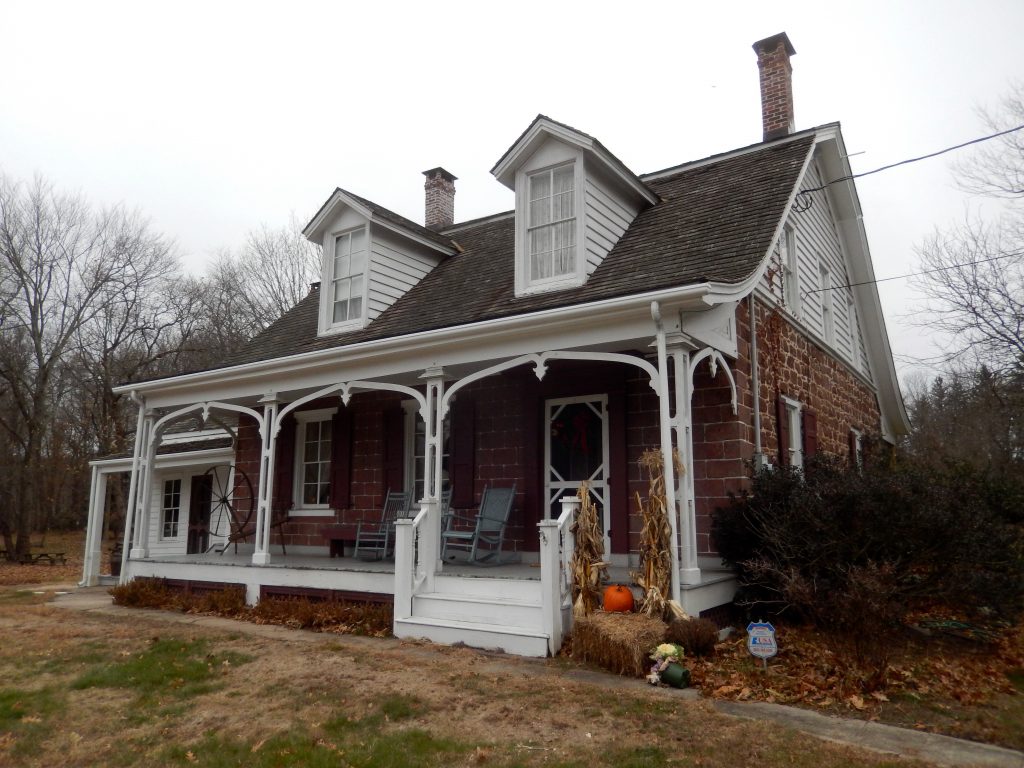
 Last month I had a chance to visit the wonderful Hopper-Goetschius House Museum in Upper Saddle River, NJ. The original house was built in the 18th century and has received a few additions and modifications over the years. It was owned and was inhabited by the same family since the early 19th century, and then was gifted to the Upper Saddle River Historical Society in 1985. Ever since then the house, its contents, and the historical structures around it are used as a living museum. When I visited the house I took a trip to the basement which is perhaps the oldest part of the structure. What overwhelmed me was the condition of the wooden treads and in particular the depth and span of the depressions. I have never seen such remarkable evidence of shoe-soles sandpapering effect on wood before. I was told by the Historical Society’s volunteers that only a handful of visitors bother to descend to the cellar, as it is not part of the museum tour plan, plus the house is open to the public only a few times a year. Therefore these depressions are not due to recent “shoe-sanding” but rather evidence of almost three centuries of use. I thought that this was quite impressive – to literally walk in the footsteps of our predecessors, and add a tiny contribution of my own, as the museum rules do not include the “Please take off your shoes” rule.
Last month I had a chance to visit the wonderful Hopper-Goetschius House Museum in Upper Saddle River, NJ. The original house was built in the 18th century and has received a few additions and modifications over the years. It was owned and was inhabited by the same family since the early 19th century, and then was gifted to the Upper Saddle River Historical Society in 1985. Ever since then the house, its contents, and the historical structures around it are used as a living museum. When I visited the house I took a trip to the basement which is perhaps the oldest part of the structure. What overwhelmed me was the condition of the wooden treads and in particular the depth and span of the depressions. I have never seen such remarkable evidence of shoe-soles sandpapering effect on wood before. I was told by the Historical Society’s volunteers that only a handful of visitors bother to descend to the cellar, as it is not part of the museum tour plan, plus the house is open to the public only a few times a year. Therefore these depressions are not due to recent “shoe-sanding” but rather evidence of almost three centuries of use. I thought that this was quite impressive – to literally walk in the footsteps of our predecessors, and add a tiny contribution of my own, as the museum rules do not include the “Please take off your shoes” rule.
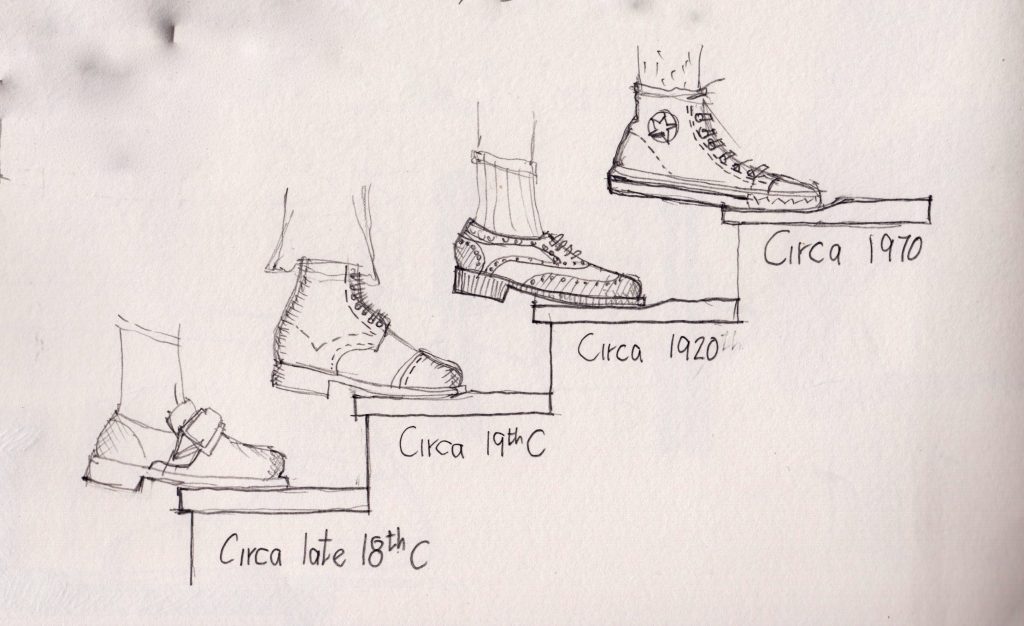
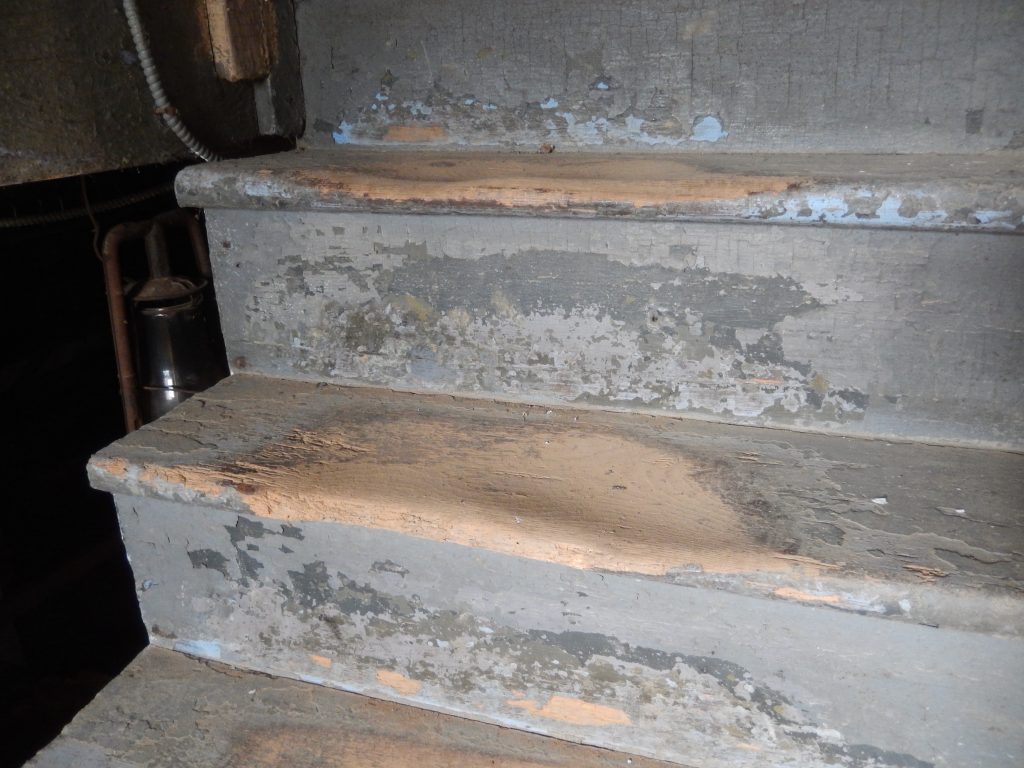
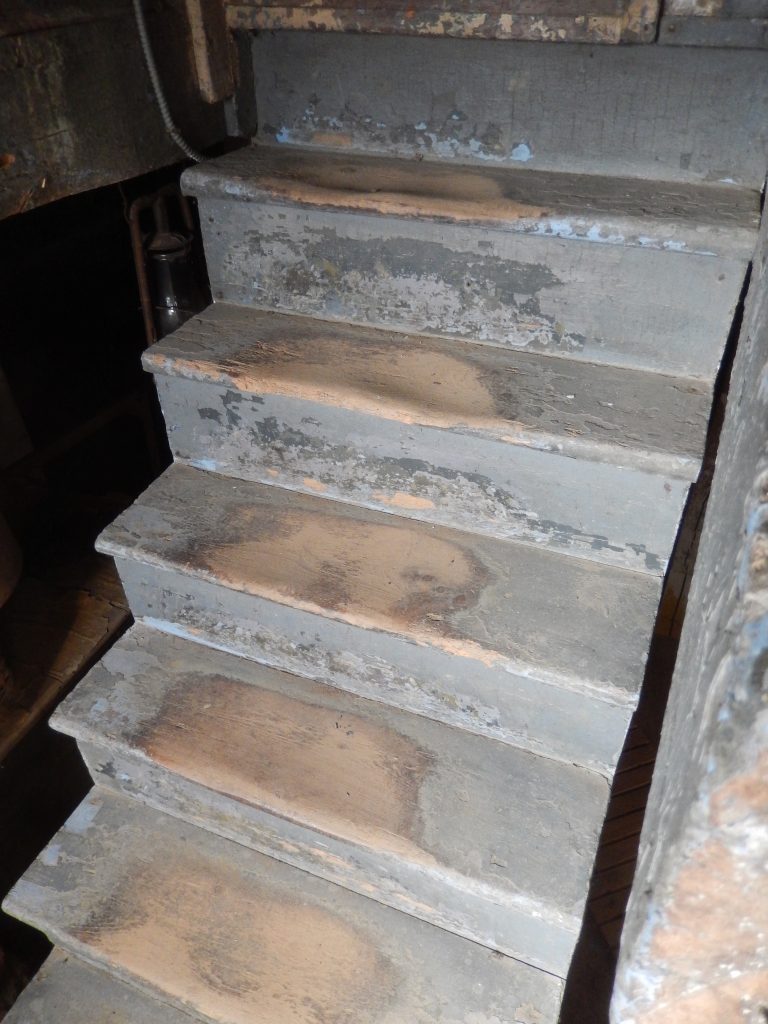




Watch this video to learn more about the museum
Here are some supplies and tools we find essential in our everyday work around the shop. We may receive a commission from sales referred by our links; however, we have carefully selected these products for their usefulness and quality.








